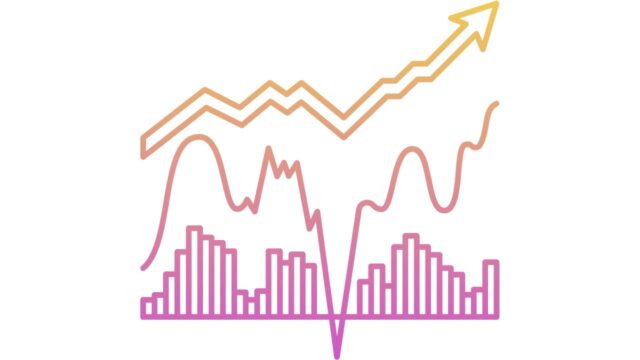
What is the opening range and why is it important
The opening range is the range of prices at which a security trades during the first period of the day. The opening range is important because it sets the stage for the rest of the trading day. After the opening range is established, traders will watch for signs of breakout or breakdown. If prices break out above the opening range, it may signal that buyers are in control and prices are likely to continue to rise. If prices break down below the opening range, it may signal that sellers are in control and prices are likely to continue to fall. Therefore, the opening range can give traders important information about the direction of price action for the rest of the day.
How to identify the opening range
There are a few different ways to identify the opening range. First, you can simply look at a price chart and identify the high and low prices for the first few minutes of trading. Alternatively, you can use a tool like an “opening range breakout” indicator, which will automatically identify the opening range for you. Once you have identified the opening range, you can look for trading opportunities by watching for breakouts from the range. If the price breaks above the high of the range, you can look to buy the security. If the price breaks below the low of the range, you can look to sell the security. The opening range can be a valuable tool for any trader who is looking to take advantage of short-term moves in the market.
How to trade the opening range
Every day, the market opens and immediately begins to trade in a range. This range is created by the collective action of all the participants in the market and represents the sum total of all buying and selling pressure at that moment. But what does it mean for traders? How can we take advantage of this move?
Opening ranges can be a great opportunity for breakout traders. By watching for breakouts outside of the opening range, traders can enter into trades with the potential to catch some big moves. However, it’s important to be aware that not all breakouts will lead to successful trades. It’s important to use other technical indicators to confirm the breakout before entering into a trade.
Another way to trade the opening range is to look for reversals back into the range. After the market has been trading in a range for a period of time, there is often an impulse move that takes price out of the range. However, this move is often followed by a retracement back into the range. Traders can look for these reversals as an opportunity to enter into trades in the opposite direction of the original move.
The opening range can provide traders with plenty of opportunities for profitable trades. By understanding how to trade the opening range, traders can take advantage of these moves and improve their chances of success in the markets.
Trading strategies for the opening range
There are a variety of trading strategies that can be used to take advantage of the opening range, and which one you use will depend on your overall trading strategy and goals. One popular strategy is to buy at the open and sell at the high of the day, or vice versa. Another common strategy is to wait for a breakout from the opening range and then enter the trade in the direction of the breakout. And yet another strategy is to fade the move, which means buying at the top of the range and selling at the bottom (or vice versa). Each of these strategies has its own risks and rewards, and it’s important to understand them before implementing any of them in your trading.
Tips for trading the opening range
Every day, the markets open and begin trading for the day. This initial period of trading is known as the opening range, and it can provide traders with an opportunity to make some quick profits. However, trading the opening range can be tricky, as prices can be highly volatile. Here are a few tips to help you make the most of this opportunity:
1. Be patient: Don’t just jump in as soon as the markets open. Wait for a few minutes to see how prices are moving before making your trade.
2. Follow the trend: If prices are trending up during the opening range, look for opportunities to buy. Likewise, if prices are trending down, look for opportunities to sell.
3. Take profits quickly: Once you’ve made a profit, don’t be afraid to take it and move on. With volatile prices, it’s always better to lock in a small profit than to wait for a big one that may never come.
By following these tips, you can improve your chances of success when trading the opening range. Just remember to be patient and take profits quickly when they become available.
Closing thoughts on trading the opening range
The opening range is a crucial period of time in the market, and traders who can master it can reap substantial rewards. However, trading the opening range is also fraught with challenges, and many traders find themselves getting stopped out or taking losses. The key to success is to have a clear plan for how you will trade the opening range before the market even opens. That way, you can stay disciplined and avoid getting caught up in the emotion of the moment. If you can do that, then you stand a good chance of becoming a successful trader.


































